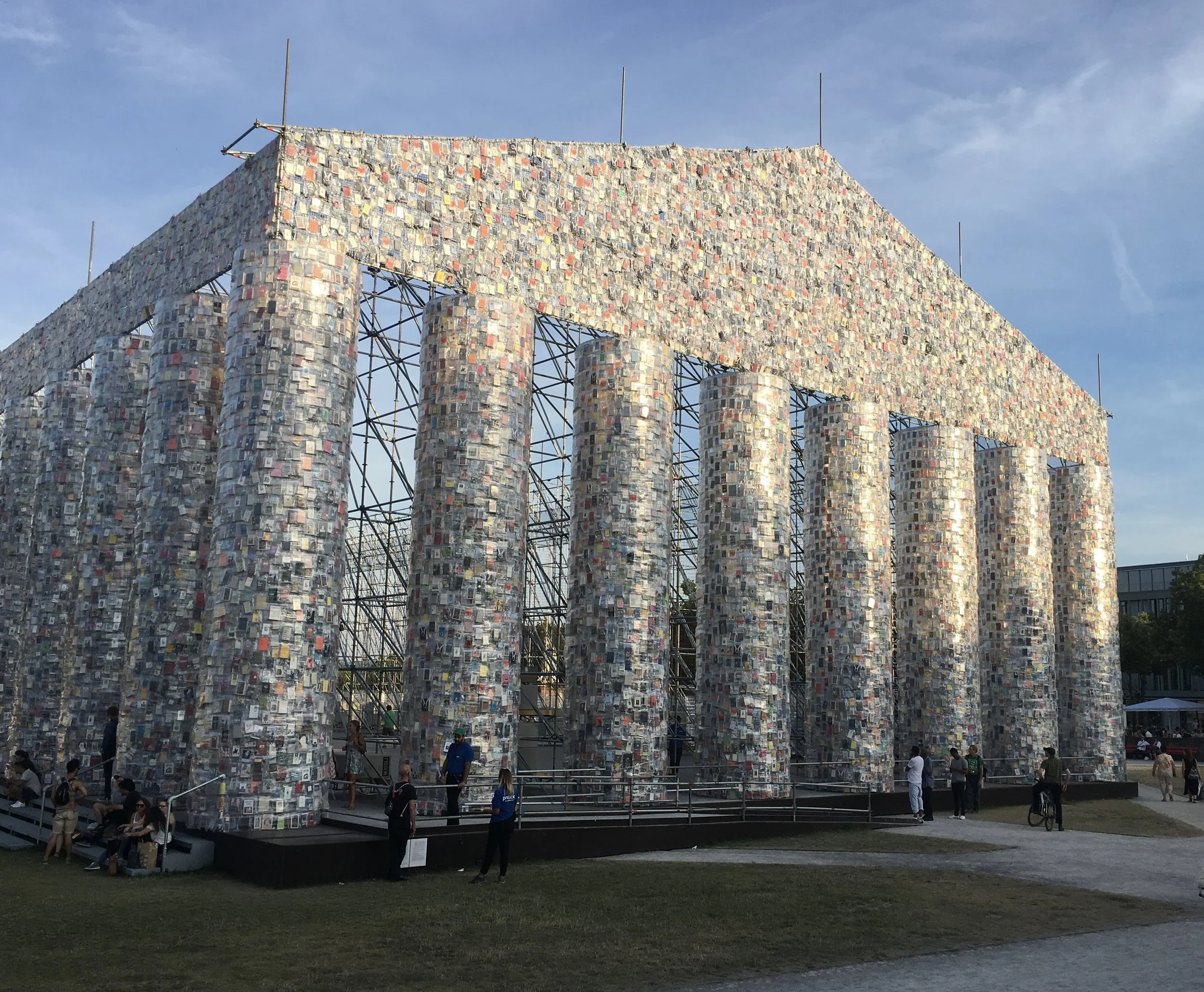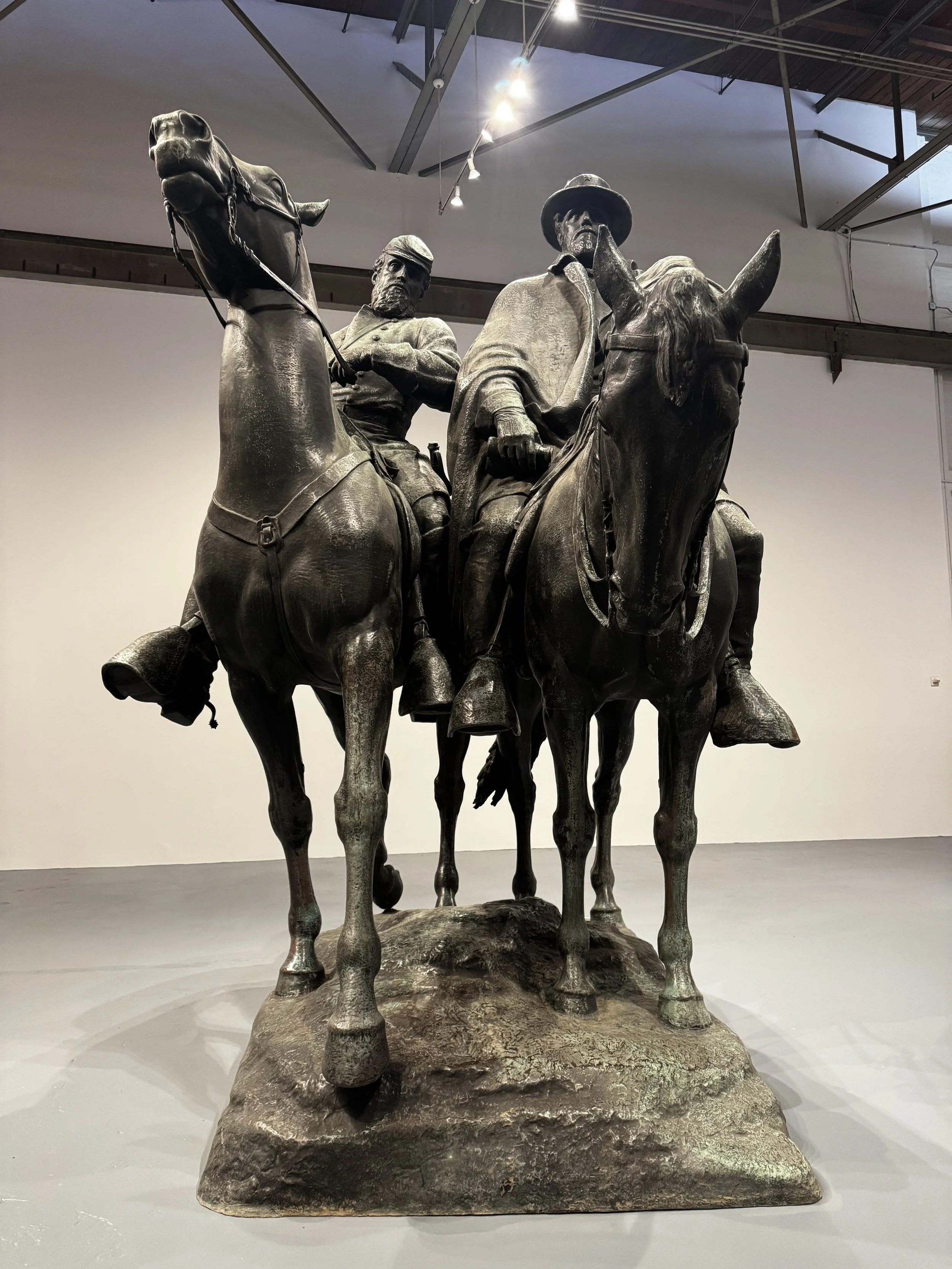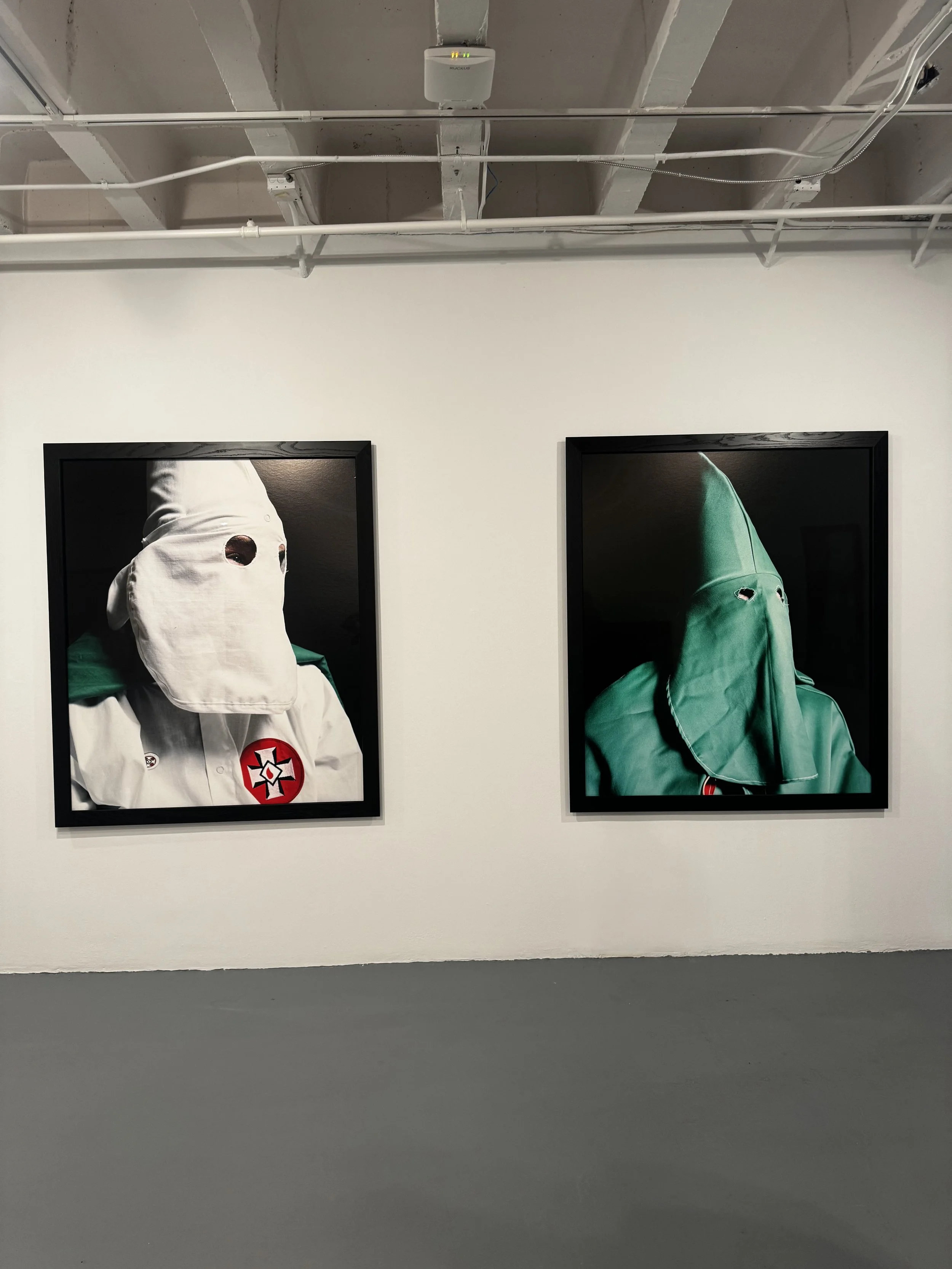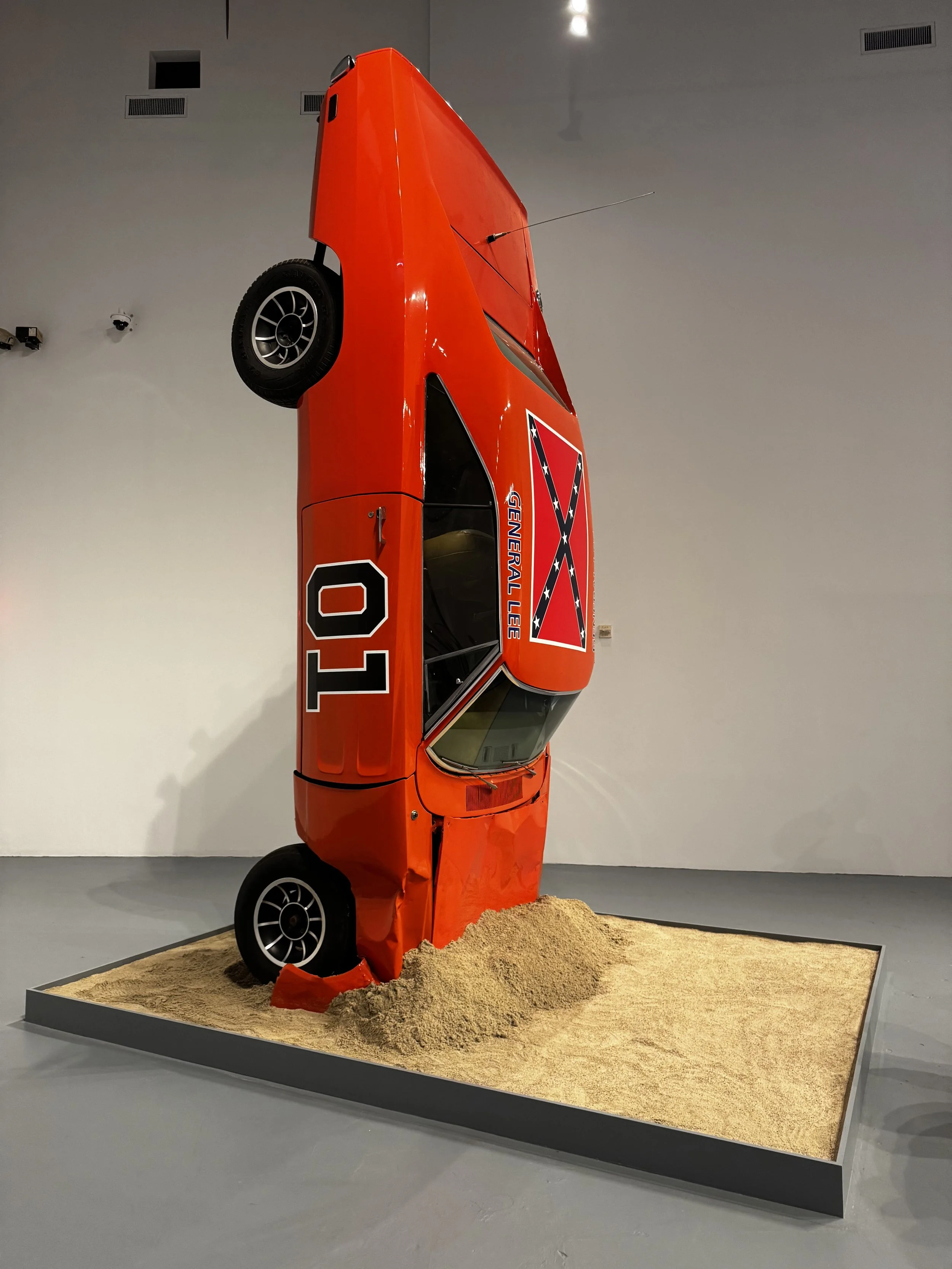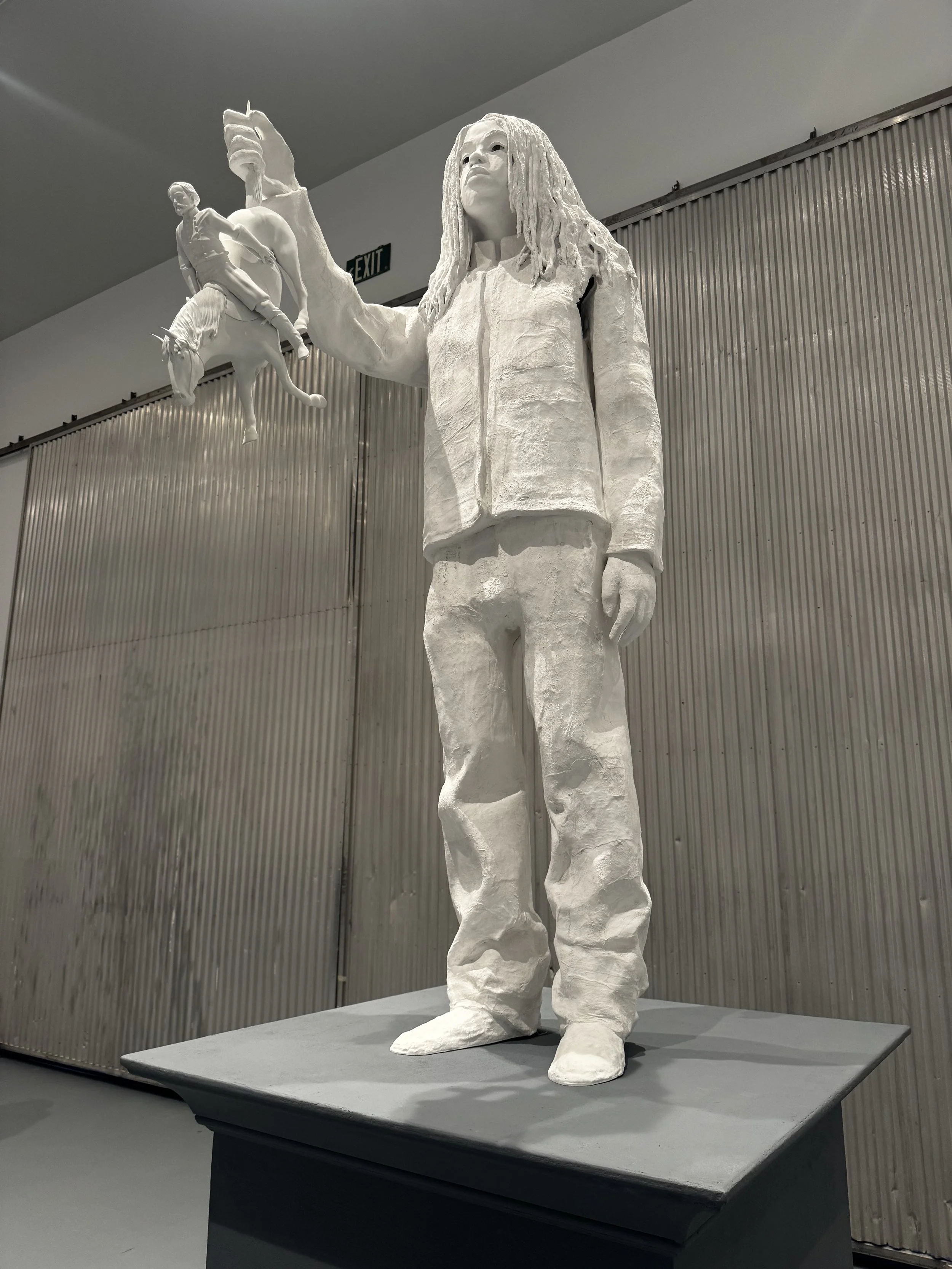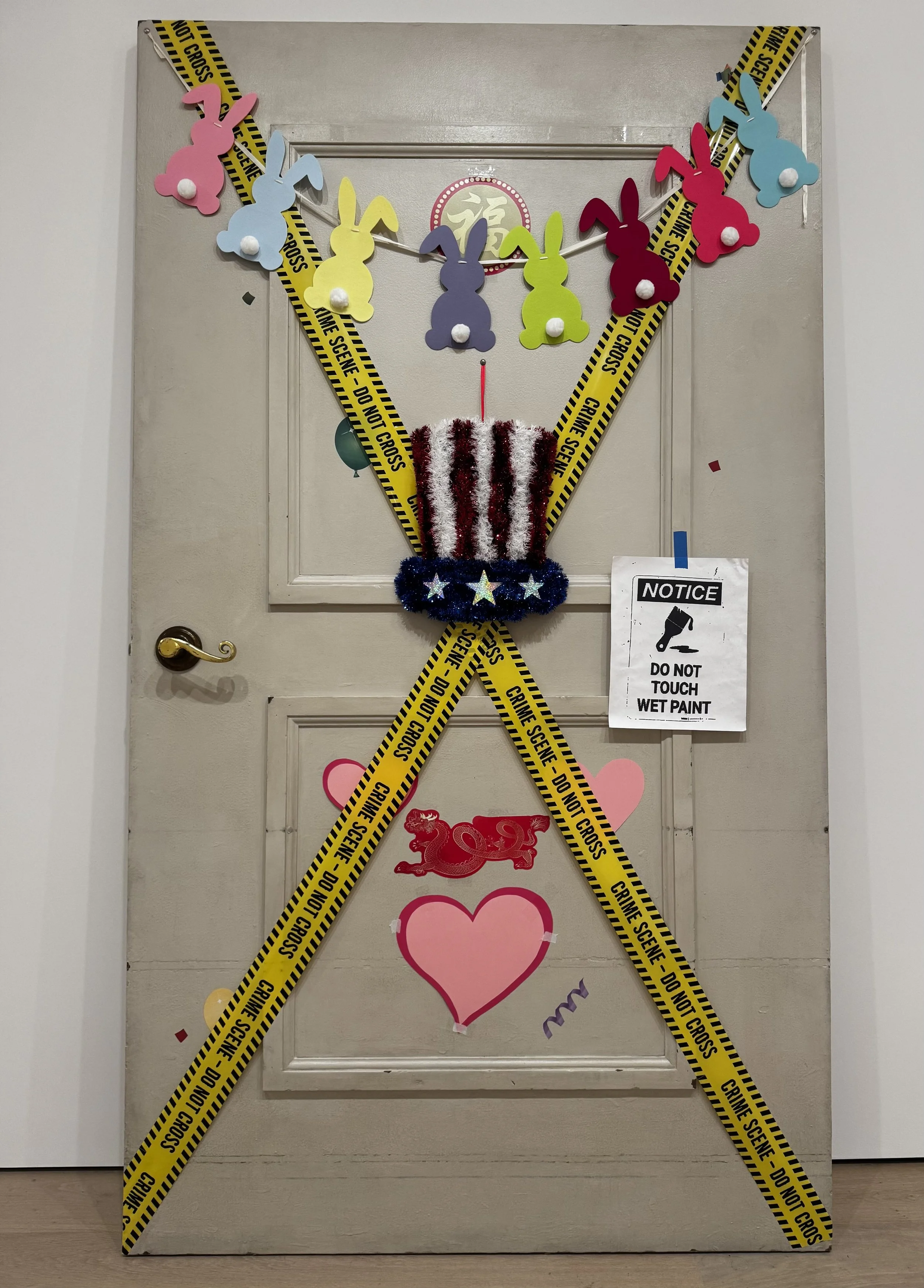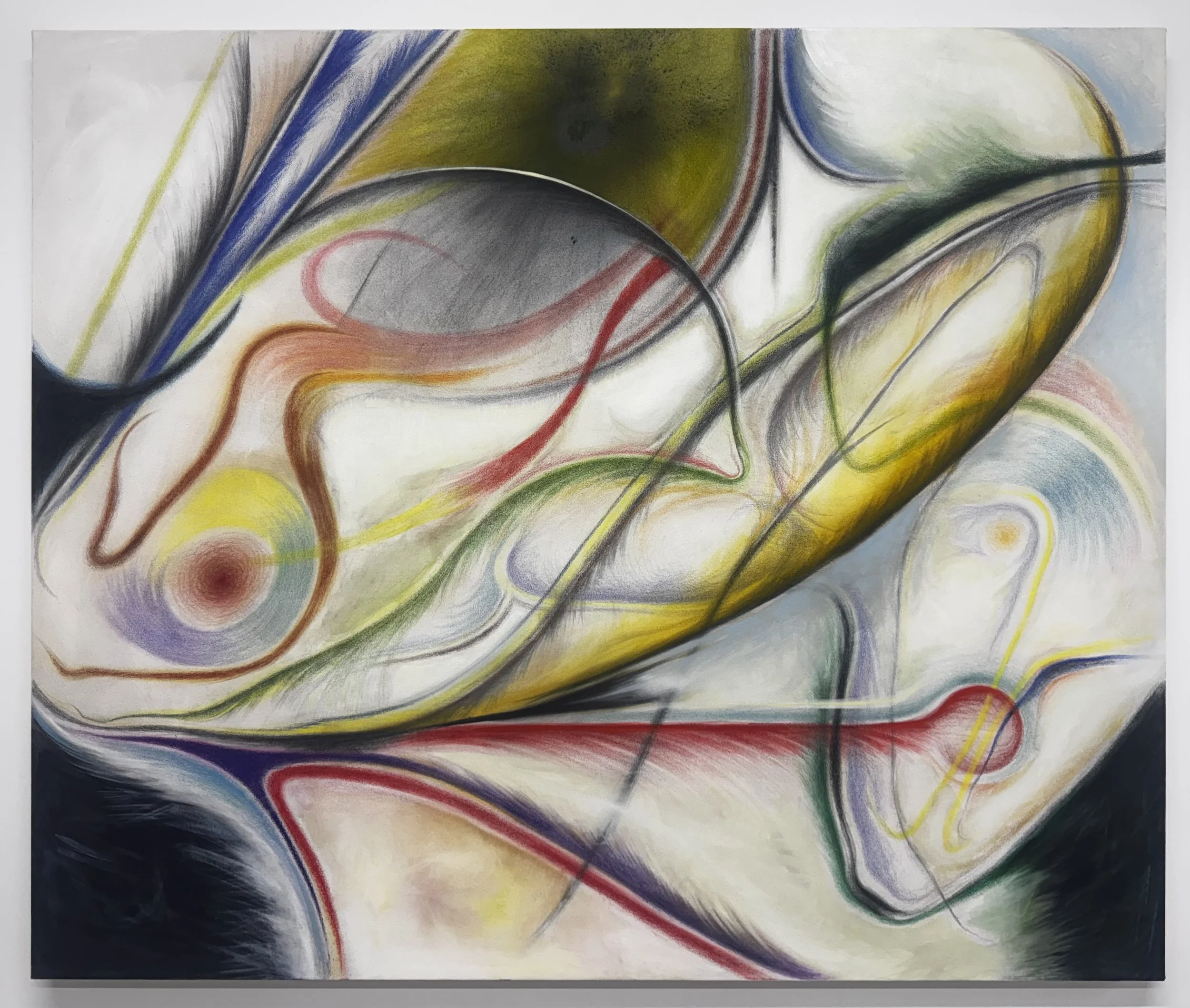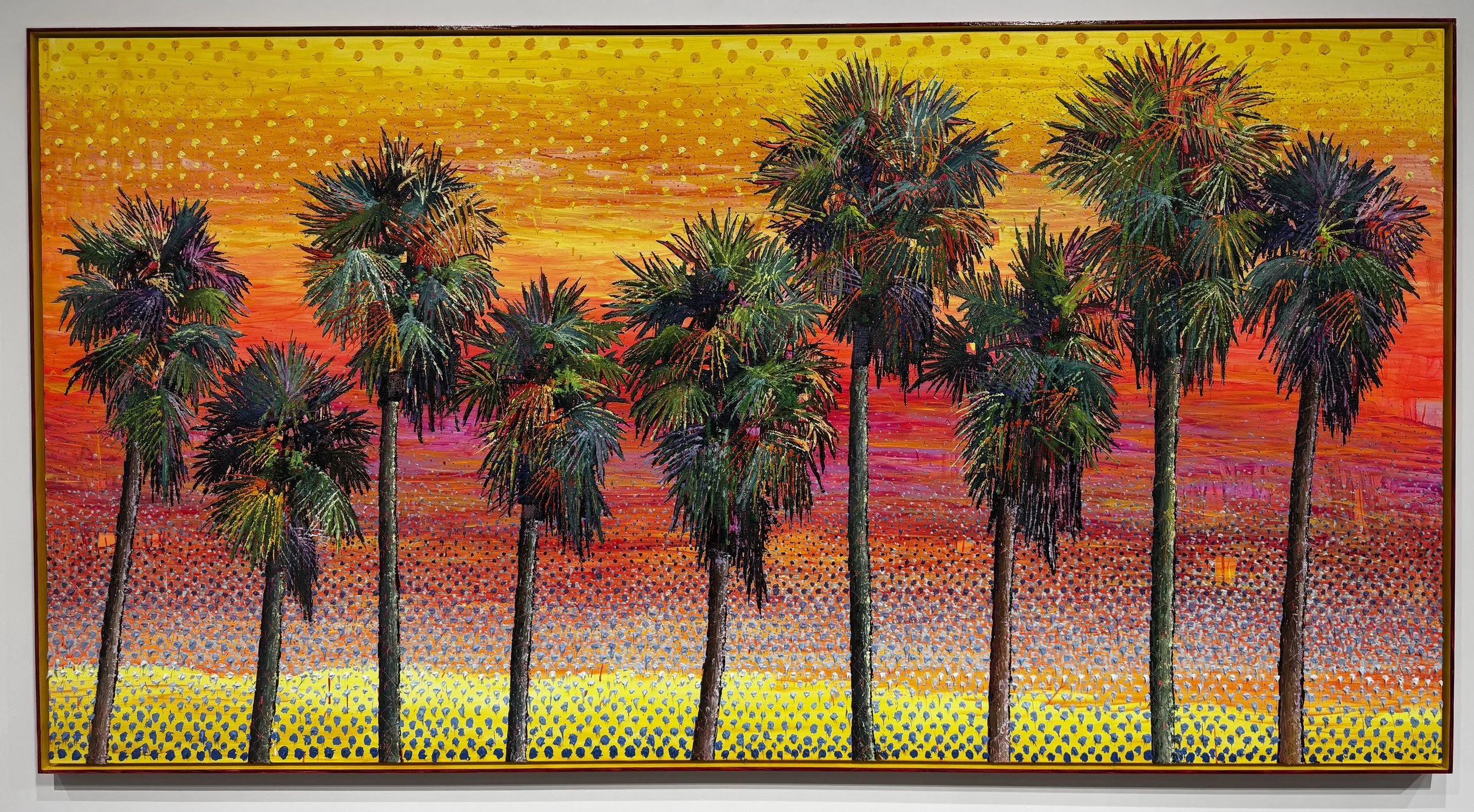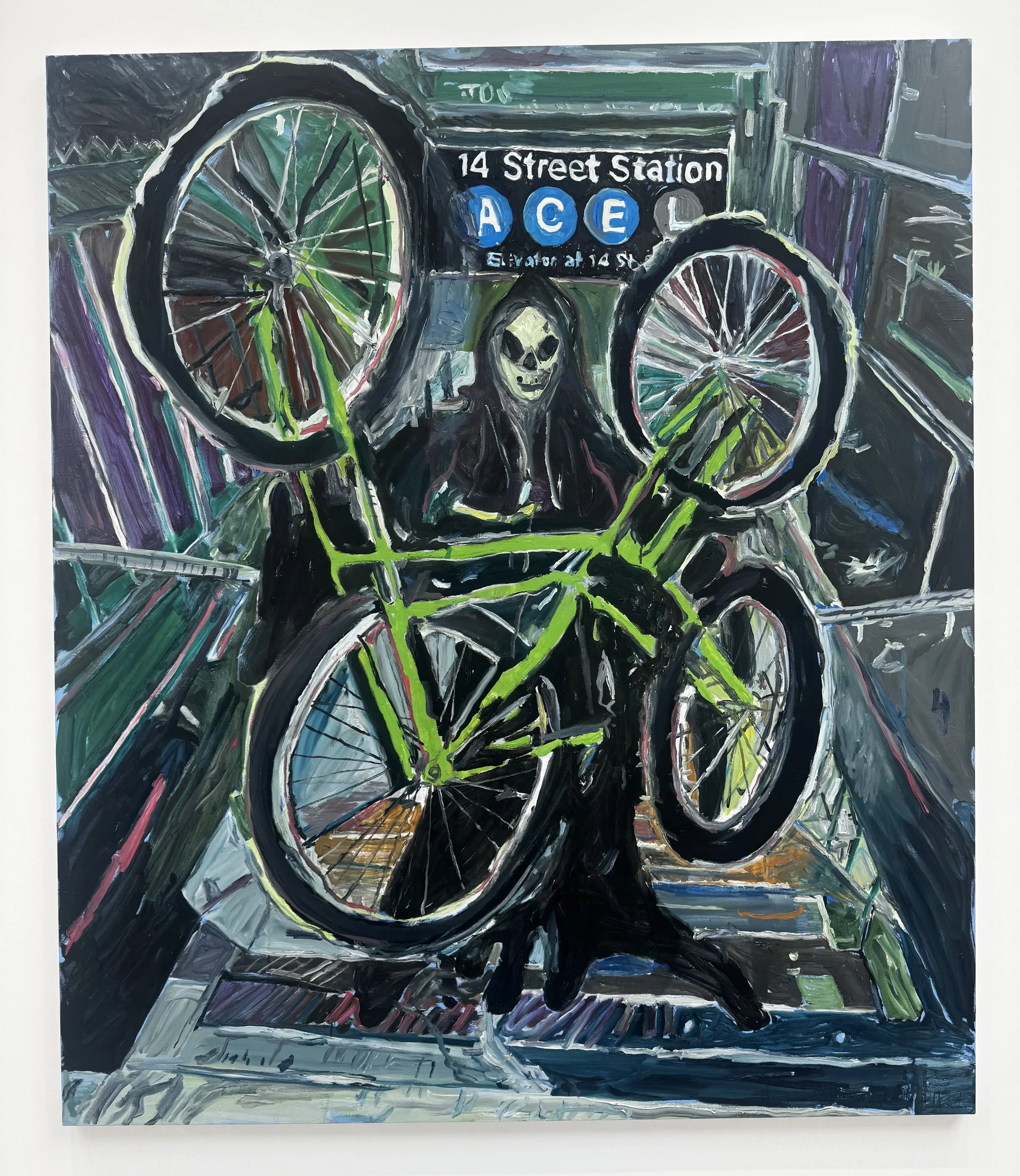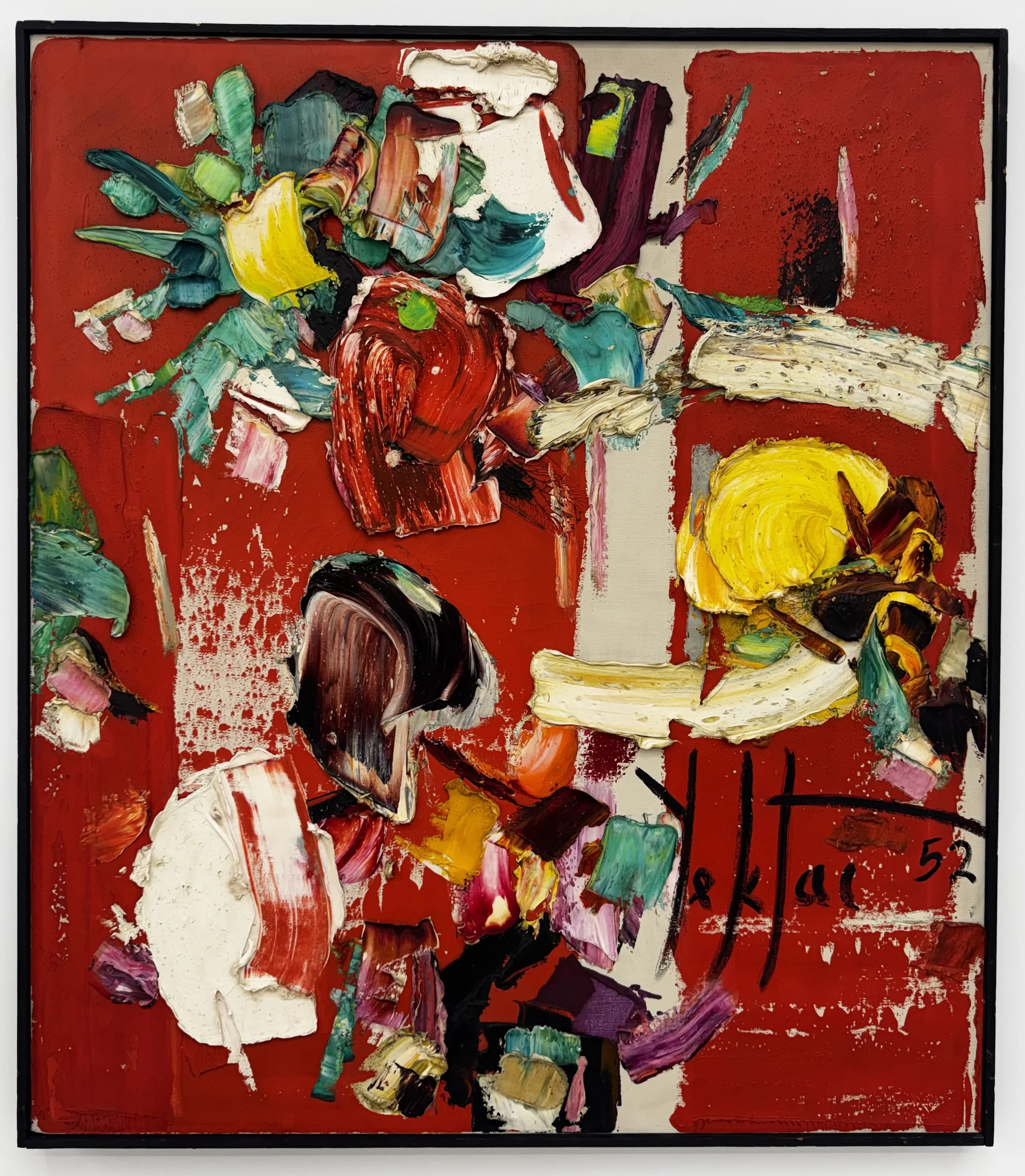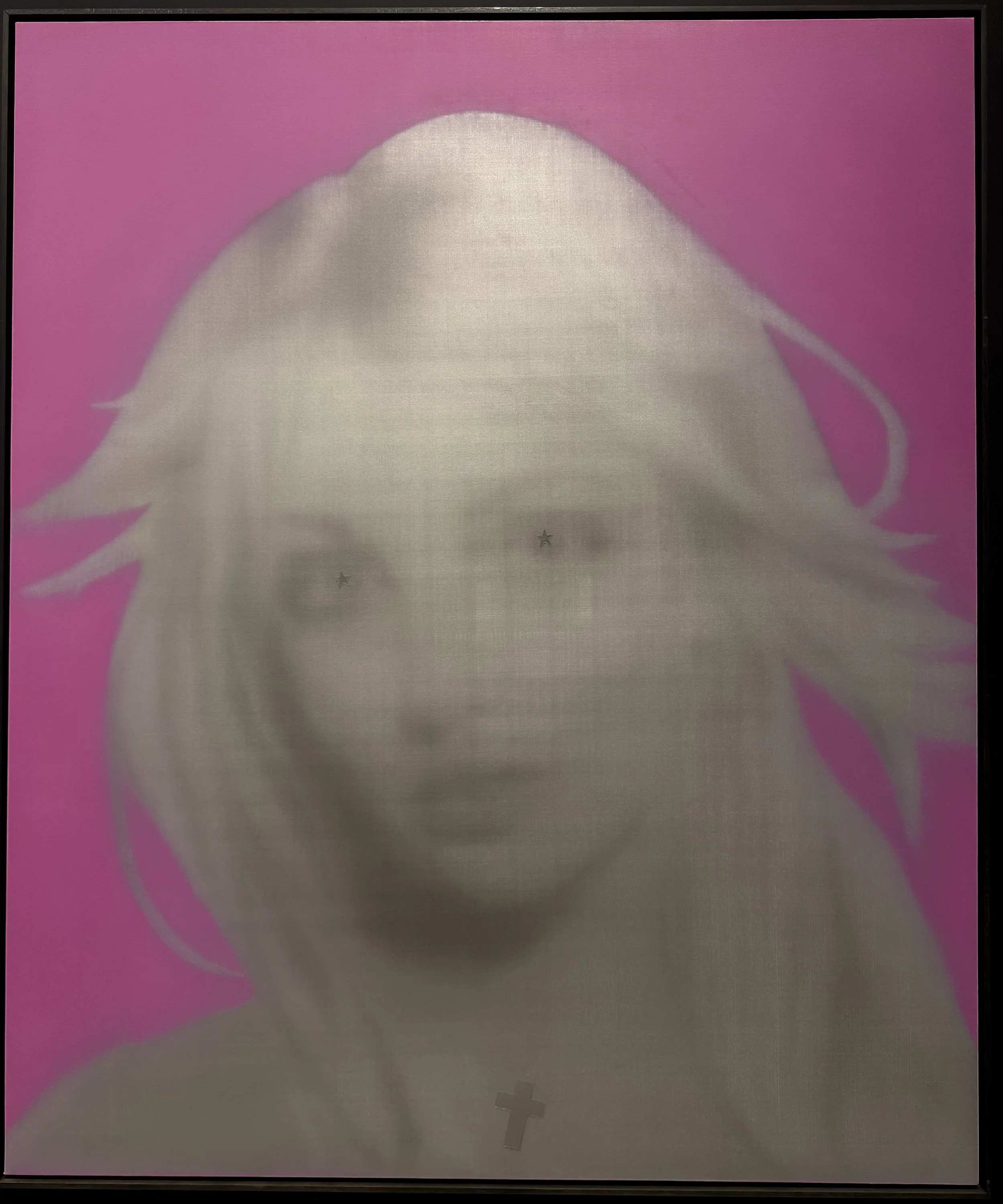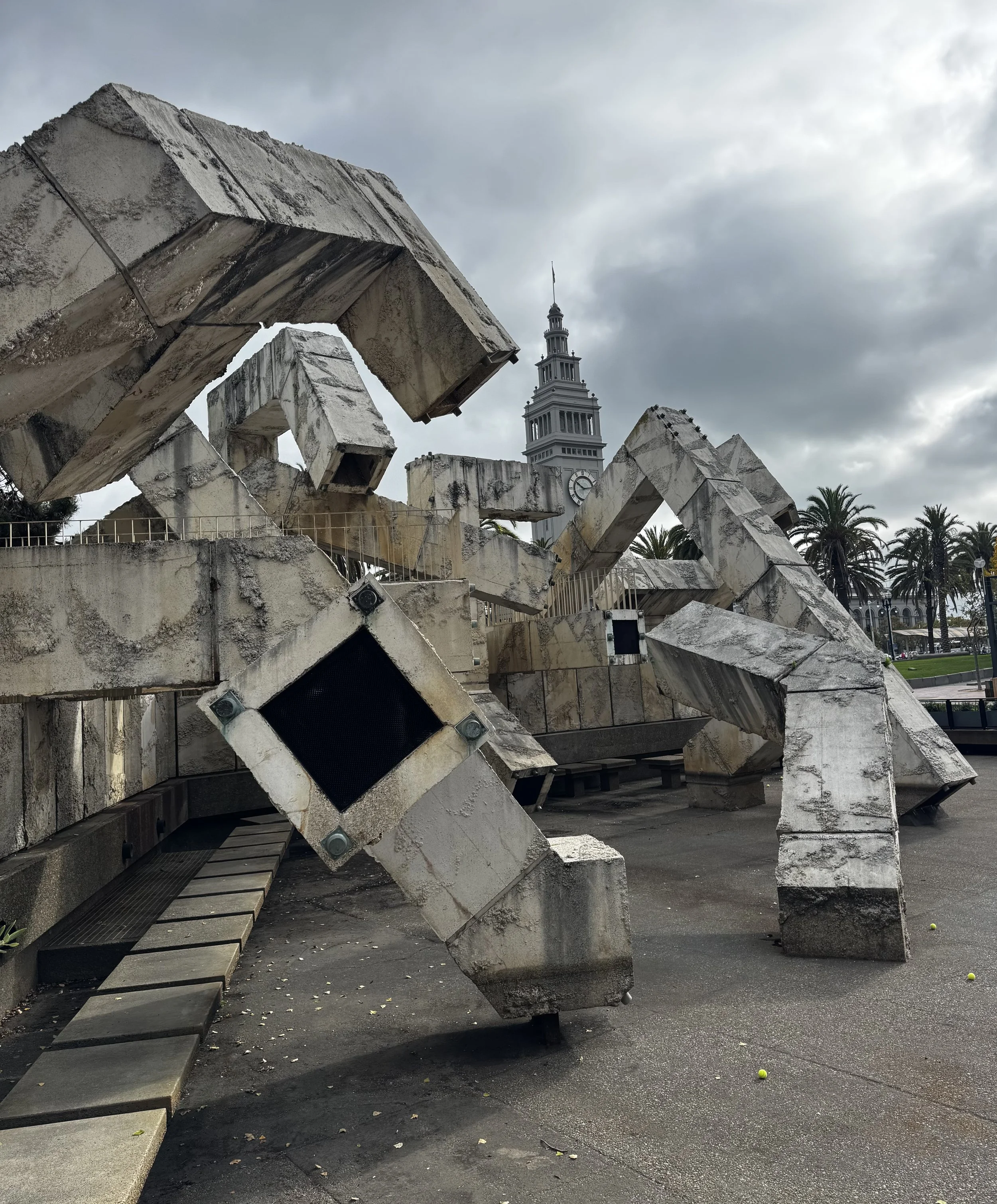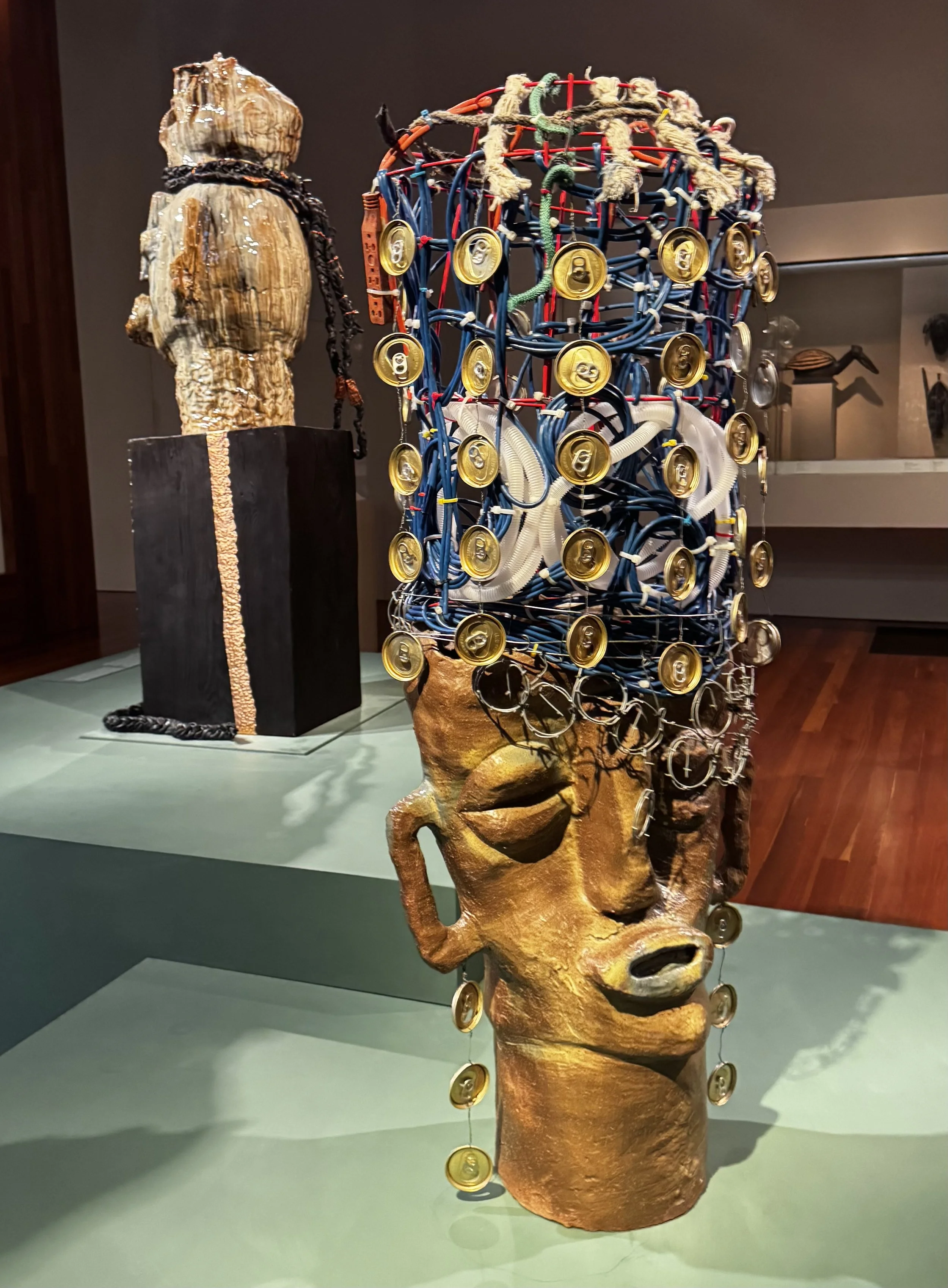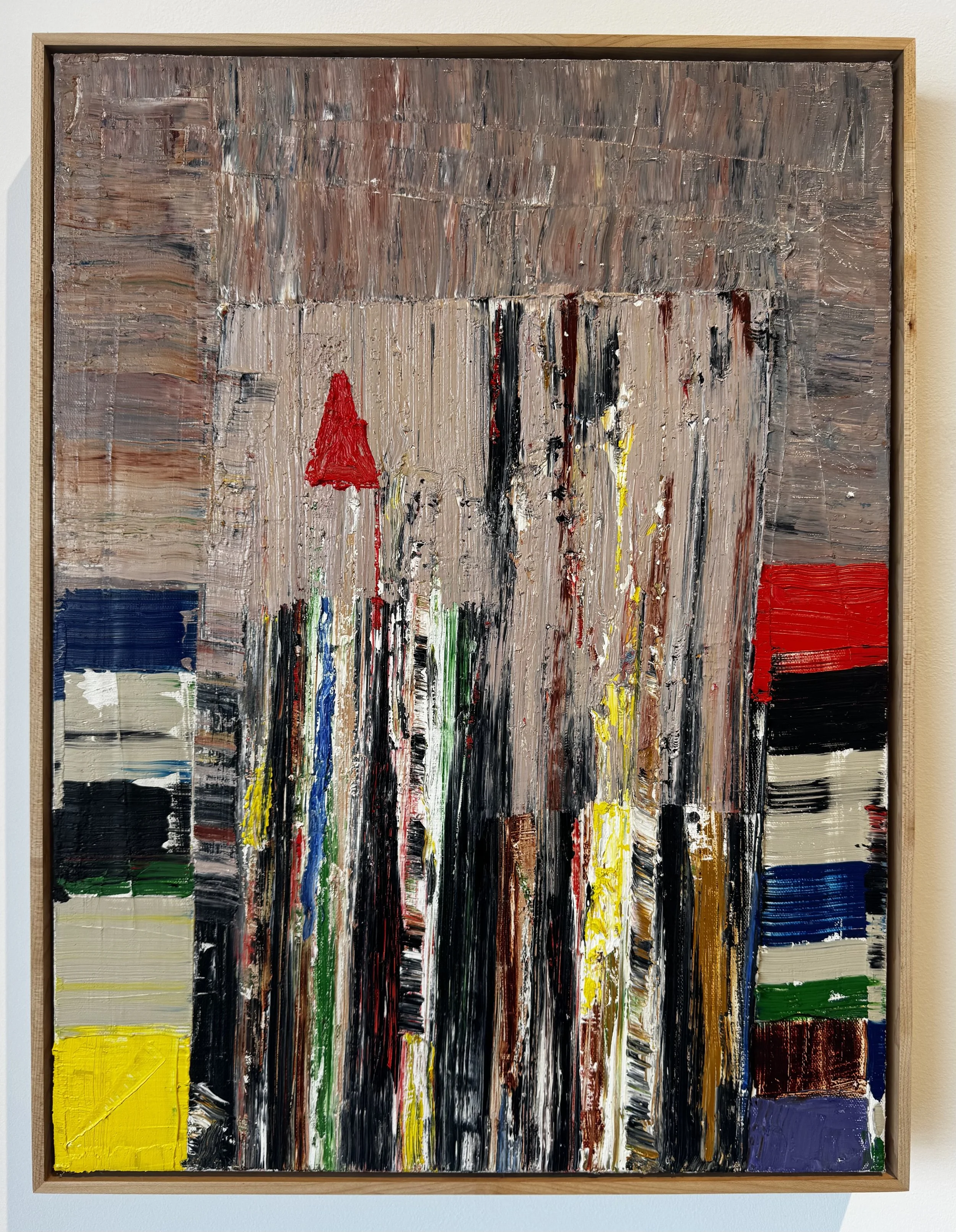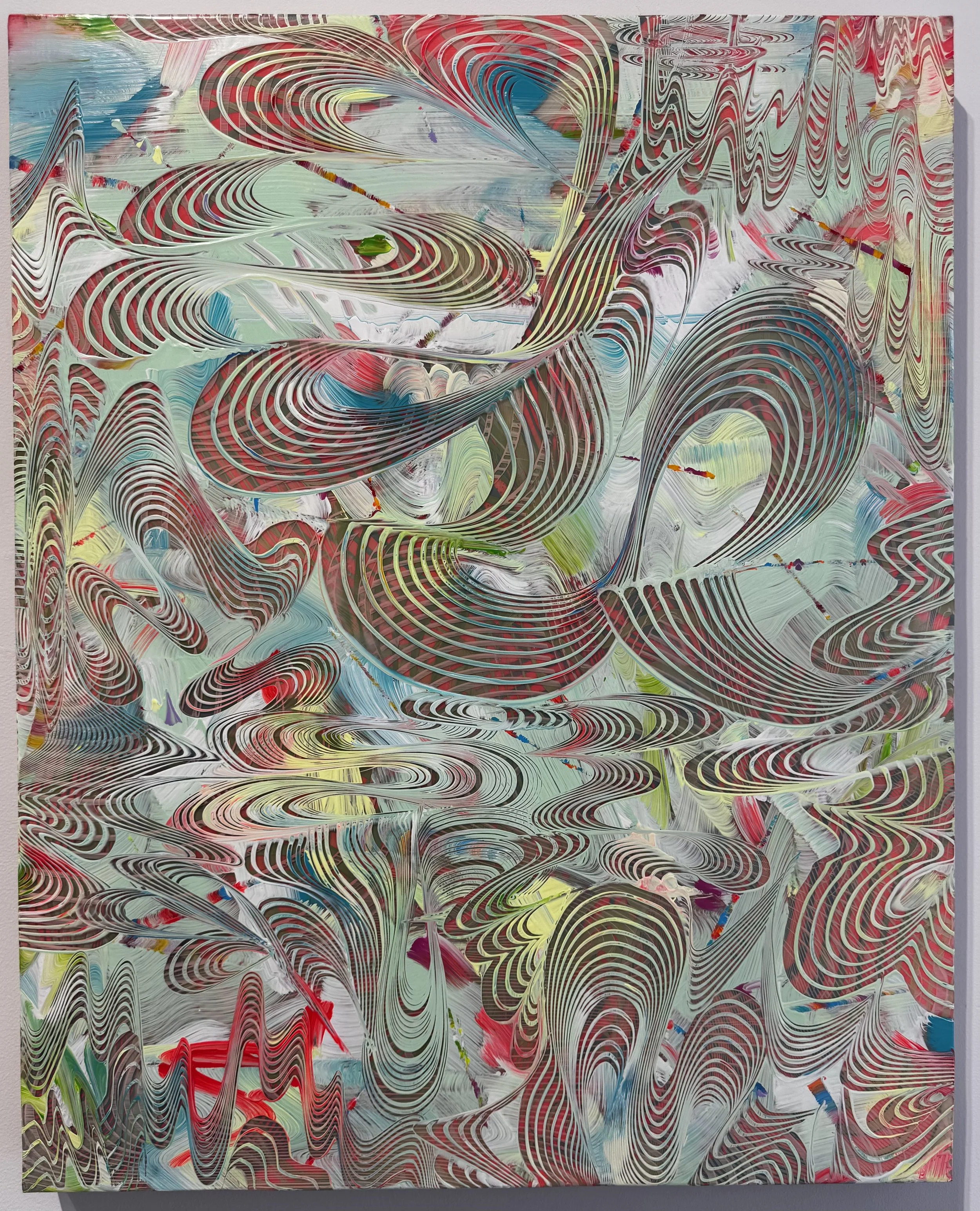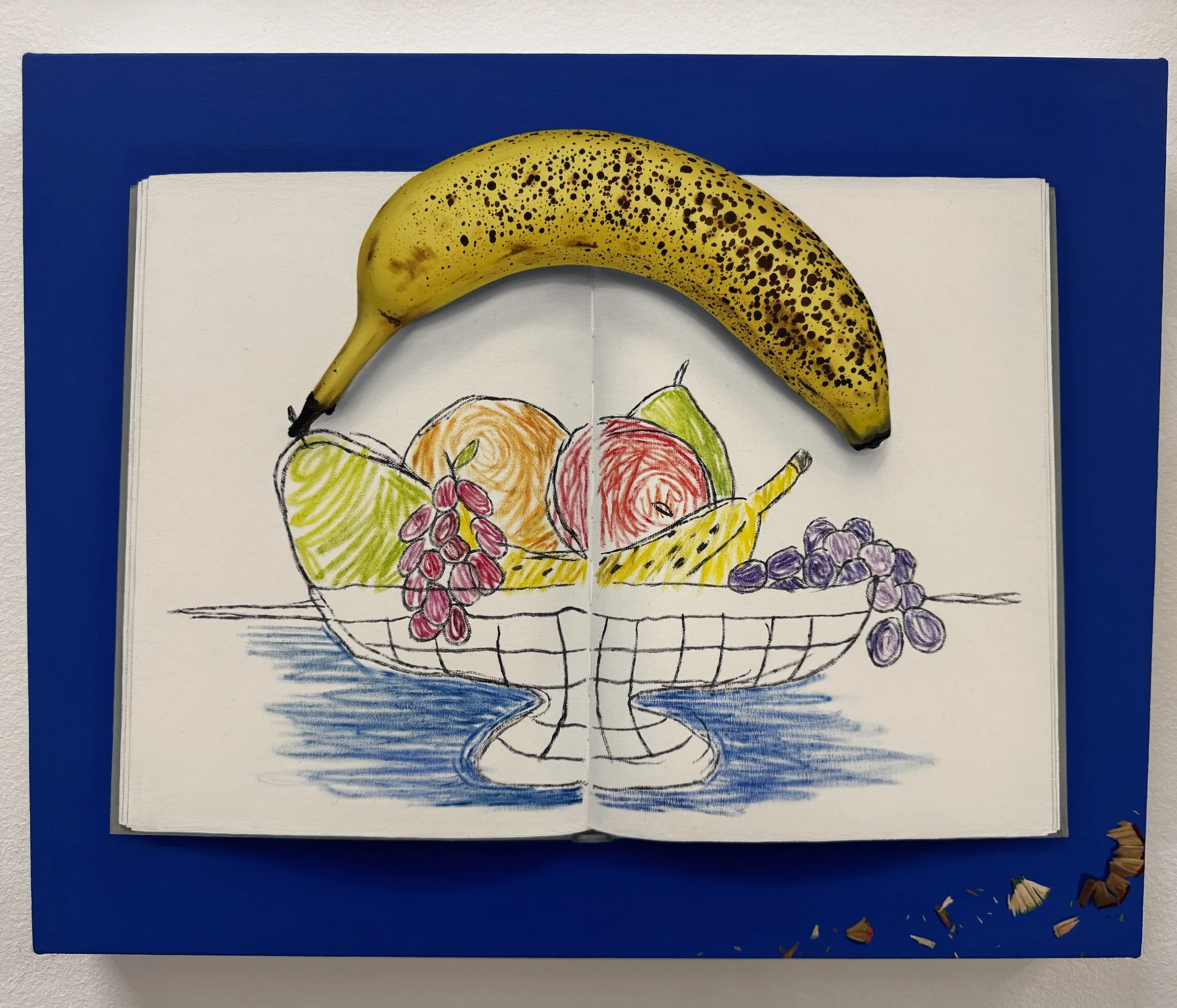A Lifelong Journey of Learning
What I love best about being an art advisor is the chance to learn something new every day.
Every client conversation, every gallery and museum excursion, is a potential masterclass in a fascinating new realm of knowledge and civilization.
Marta Minujin’s (b. 1943) The Parthenon of Books (2017), made of steel, books, and plastic sheeting, was the highlight at Documenta 14, a quinquennial survey of contemporary art held in Kassel, Germany. Minujin originally mounted it in 1983 to mark the end of Argentina’s dictatorship, using thousands of books banned by the regime. Experiencing this citywide, once-in-five-years event over several days in 2017 was a seminal moment for me in learning how to navigate complex themes in contemporary art.
Last week, visiting clients in California, I spent consecutive days with a passionate collector over coffee and a bite to eat, engaged in sprawling discussion about art, music, global affairs, and more.
Hours flew by as we thoroughly “nerded out” about all sorts of things in a mutual exchange of curiosity, both learning from — and teaching — each other.
Charting Transcendence desires to work with those who are similarly curious and who see art as indispensable in a lifelong journey of learning.
Monuments Makes for a Difficult History Lesson
A recently opened museum show in Los Angeles — Monuments at The Geffen Contemporary at MOCA — offers a profound lesson in how art interrogates history.
This once-in-a-lifetime exhibition directly confronts the legacy of decommissioned Confederate monuments, many of which were erected throughout the 20th century in order to enforce a negationist myth known "The Lost Cause," which sought to recast the South's secession as a noble fight for states' rights, deliberately obscuring the role of slavery and white supremacy.
Kara Walker (b. 1969) created Unmanned Drone (2025) out of the dissected parts of a bronze equestrian sculpture of Confederate General Thomas J. “Stonewall” Jackson (1824-1863) that stood in Charlottesville, Virginia until 2021. It is currently on view at The Brick as a satellite venue for Monuments.
The exhibition’s curatorial and logistical ambition is staggering. Massive, decommissioned statues — some weighing 15,000 pounds — were transported from across the country and installed within a vast former police car warehouse in DTLA.
These relics sit in a charged dialogue with new and existing works by leading contemporary artists of Color, including Karon Davis and Hank Willis Thomas. This conversation breaks down the myths these stone figures were built to perpetuate, presenting them in their raw, often vandalized states, stripped of their original power and context.
The immense difficulty of moving these sculptures ensures Los Angeles is this exhibition's only venue (on view until early May 2026). Beyond the physical near impossibility of a tour, the current political climate makes it difficult to imagine this unabashedly political show being staged in the South — and East Coast cities simply do not have centrally-located venues that could hold it.
Laura Gardin Fraser (1889-1996), Robert E. Lee and Stonewall Jackson (1948), a massive, twice-life-size monument that stood in Baltimore from its creation until 2017. Its curation into Monuments is notable not only for how imposingly it towers over visitors but also because it is one of the few former Confederate monuments in the show that had not been previously defaced or disfigured.
Two portrait photographs from Andres Serrano’s (b. 1950) The Klan series from 1990, during which he shot members of the Ku Klux Klan, founded in the immediate aftermath of the Civil War by former Confederate soldiers incensed with the granting of rights to Black Americans.
A Suspension of Hostilities (2019) is the artist Hank Willis Thomas’s (b. 1976) playful yet dark homage to the classic television show The Dukes of Hazzard (1979-1985), which he enjoyed watching as a child, not yet understanding the divisive symbolism behind the flag on the protagonists’ car, the The General Lee.
For Monuments, Karon Davis (b. 1977) created Descendant (2025), one of her signature mummy-like, plaster-cast sculptures twice life size of her son holding up a miniature Confederate monument by the horse’s tail.
An Art Advisor’s Pun: “Getting the Hang” of L.A.
Until a few years ago, I had explored a hundred cities around the world more deeply than I knew Los Angeles. My passion for discovery, however, has finally allowed me to get the hang of navigating the city as an East Coast native with more than just a passing fondness for the California dream.
On a recent six-day trip, I drove from one exhibition to the next. connecting the dots between dozens of artists, places, and times. Exploring, learning, and synthesizing meaning. A few highlights from the week follow:
One of my favorite works at the Hammer Museum’s biennial Made in L.A. 2025 were a set of double-scale holiday-decorated doors by Amanda Ross-Ho (b. 1975), recreating those she has seen at her mother’s nursing home. Ross-Ho’s art often enlarges quotidian items in order to explore their meaning, weight, and cultural resonance.
Swirling energy and color coalesce in the paintings of Nevena Prijić (b. 1985), which begin as drawings and material studies on transparent and translucent sheets of mylar, on display in a solo show at OCHI Gallery in its new space in Melrose Hill.
Longtime L.A. gallery Nazarian Curcio just concluded a solo show of ethereal abstract landscapes by Annie Lapin (b. 1978), creating using a combination of techniques to render a stormy Southwest desert scene on a magically astral plane.
A large painting of L.A. palm trees by Ross Caliendo (b. 1988) was a highlight of his show of landscape paintings, Peace Fellow, at Night Gallery in DTLA.
Most art-world types either love or hate the paintings of Josh Smith (b. 1976), who just closed yet another solo show with mega-gallery David Zwirner in L.A., for their incessant repetition of subjects like palm trees and the Grim Reaper. (I tend to “love” them as they are irreverent and easily recognizable as Smith’s work.)
James Casebere (b. 1953) is a veteran American photographer who photographs architectural models, like this one which channels the work of Mexican architect Luis Barragán (1902-1988). Casebere shows with Sean Kelly Gallery (whose L.A. exhibition space has just gone private).
Manoucher Yektai (1921-2019) was a Persian-born member of the New York School of Abstract Expressionism from the late 1940s whose market is enjoying a resurgence. This floral painting from 1952 is precociously expressionistic for its time.
Britney (2004), an oil and graphite on canvas painting by Alison Van Pelt (b. 1963) headlining a teen-curated exhibition of art entitled Piece of Me at the Orange County Museum of Art in Costa Mesa, CA.
An Early Read on Art in San Francisco for 2026
Continuing to reinvent and refresh itself, the City of San Francisco recently announced that it would not allocate funds to preserve the brutalist Vaillancourt Fountain (1971) near the Ferry Building. Much maligned by some and loved by others, brutalist architecture is as polarizing as much of it has not aged gracefully.
A melting pot like almost none other, San Francisco is one of my favorite cities to visit for art because its scene feels both world-class and personally discoverable.
Between stalwart institutions like SFMoMA and the De Young and a roster of excellent (yet underrated) galleries, the city offers a rich environment for continuous learning and exploration.
I was encouraged last month to see the city’s post-pandemic recovery well underway, with noticeable recovery on the streets as the new mayor makes progress in addressing quality of life issues.
This trip was focused on reconnecting with galleries and key collectors ahead of January’s FOG Fair—a premium, navigable fair I always prioritize (despite disliking leaving Florida then).
Each visit deepens my understanding of the West Coast's unique artistic currents, a learning process that remains at the very heart of what I do with Charting Transcendence.
A queer sculptor in exile from her native Uganda, which persecutes members of its LGBTQ community, Leilah Babirye (b. 1985) is enjoying her first institutional exhibition, We Have a History, curated among the African art collection of the De Young Museum.
Mike Henderson (b. 1944) is an African American painter and musician active since the 1960s. Represented by Haines Gallery, his recent abstract work is imbued with hints of other accomplished San Francisco Bay Area abstractionists such as Richard Diebenkorn (1922-1993).
Channeling some of the mysticism and energy of the legendary Swedish painter Hilma af Klint, Lorene Anderson (b. 1966), who is represented by Scott Richards Contemporary Art in Jackson Square, creates paintings like these in a range of colors and sizes.
Sarah Suppan (b. 1994) is a painter I’ve had my eye on for the past year. This trompe l’oeil is entitled Banana Holds My Sketchbook Open (2025), is offered by Hashimoto Contemporary in SF’s Minnesota Street Project and would look great in a collector’s kitchen.


